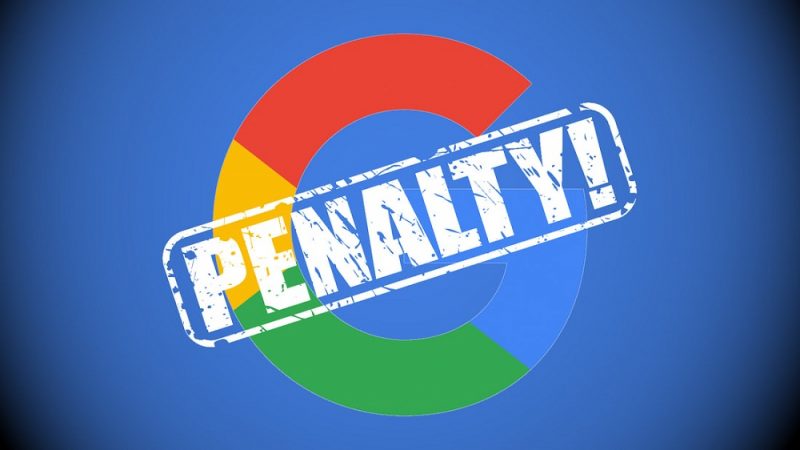Google has been implementing notable updates to its algorithms in recent years. These advancements are designed to improve search results for users and provide the most effective online experience.
With these goals in mind, penalties have become stricter and more common, as SEO companies have become more practiced in finding ways to boost search engine results.
Google aims to identify and penalise companies for attempting to evade its guidelines, while encouraging fair and organic SEO. There are a few courses of action to consider when your website is hit with a penalty, depending on how your site has been affected.
Identification
Penalties are imposed for two reasons, each possessing varying consequences and remedy requirements.
1. Manual
A penalty may come in the form of manual action. These are particularly easy to identify and can be found through a clear message from Google in your Webmaster Tools. If your website is subject to a manual penalty, you will usually experience decreased ratings.
2. Algorithmic
Most commonly, a penalty will be triggered by an algorithmic issue. There are no obvious messages provided for an algorithmic issue, so they are much harder to identify. You will first notice a drop in organic traffic.
While this alone is not a clear indicator of a penalty, given traffic fluctuates for many unrelated reasons, monitoring your traffic patterns is essential to sensing a problem.
Checking your ranking is the next step to identifying an algorithmic problem. Via the use of Google Webmaster Tool’s search queries report, you will ascertain whether certain terms have dropped in rankings.
Combining your knowledge of a sustained fall in website traffic, as well as worsened rankings will provide a fairly reliable indication of an algorithmic issue.
Algorithmic penalties fall into the Panda or Penguin categories. Panda penalties are associated with the quality of the content on your site, as well as the functionality of your site. On the other hand, Penguin penalties are related to excessive optimisation strategies.
Dealing with the problem
In addition to the obvious notification of a manual penalty, you will also find recommendations from Google on appropriate actions to take. You will need to perform a complete SEO audit, beginning with page issues and moving onto link profiles. Once the SEO company has improved the website, it must be resubmitted to Google.
Given an algorithmic penalty means your website has tripped a safeguard in Google’s algorithm, there is no way to manually request immediate removal of the infringement once fixed. As a result, you will need to address the issue and then wait for the algorithm to be updated.
A Panda based penalty will only require a waiting period of approximately a month. Unfortunately, a Penguin based infringements will only be overturned once a specific Penguin update occurs, which usually happens every 2-4 months.
Tips
As Best in Australia explains, prevention is much easier than trying to fix a problem, so always consider the potential costs associated with your online activity.
Remember to always write content for site users and only include links that will actually be beneficial to them. Placing too much of an emphasis on SEO and trying to build links, rather than earn them, will land you in trouble.
You should put effort into generating relationships with good websites, as Google will judge your site through its connections. With a user focus, you will naturally begin to see your rankings improved.
Attempting to escape a Google penalty is challenging, costly and time-consuming. However, following these processes is essential for an SEO company, in order to revitalise a website and continue to improve its online presence.
